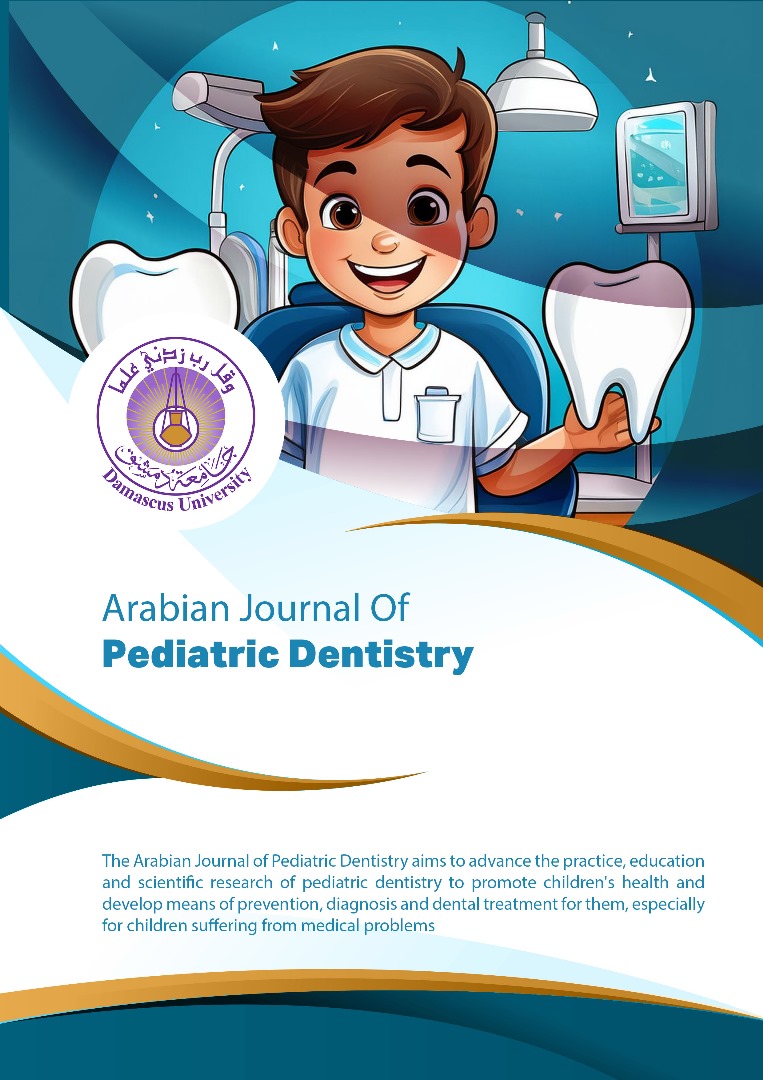Evaluation of marginal leakage of self-adhesive flowable composite on anterior primary teeth: In vitro study
Keywords:
Self-Adhesive Composite Resin, Total_Etch, Self-Etch, MicroleakageAbstract
Objectives: This study aims to evaluate the bonding of self-adhesive flowable composite in comparison with traditional flowable composite with a fifth-generation total-etch bonding system in primary anterior teeth, by studying microleakage after application of these materials in-vitro.
Materials and Methods: The study sample consisted of 32 extracted primary canine teeth. The sample was divided into two equal groups (n=16) according to the type of restoration applied: (Group 1): Traditional flowable composite resin was applied with a fifth-generation total-etch bonding system, (Group 2): Self-adhesive flowable composite resin was applied alone. A class v cavity was prepared on the facial/lingual surface at the cemento-enamel junction, with 1.5 mm depth, 2 mm height, and 3 mm width. In this way, the incisal wall of the cavity is above the cemento-enamel junction within the enamel, while the gingival wall is below the cemento-enamel junction within the dentin or cementum.
The restorations were applied according to the group the tooth belongs to, after that all teeth were subjected to 500 thermocycling. then, a methylene blue dye microleakage test was performed, and longitudinal sections of the teeth were made and studied under the microscope.
Results: In the incisal wall, the scores of microleakage in the traditional flowable composite group was lower than the self-adhesive flowable composite group. While in the gingival wall, the scores of microleakage was similar in both groups of traditional flowable composite and self-adhesive flowable
composite, with no statistically significant differences.
Conclusions: within the limitations of this study, the bonding of the self-adhesive flowable composite resin is similar to the bonding of conventional flowable composite resin using the fifth generation bonding system.

